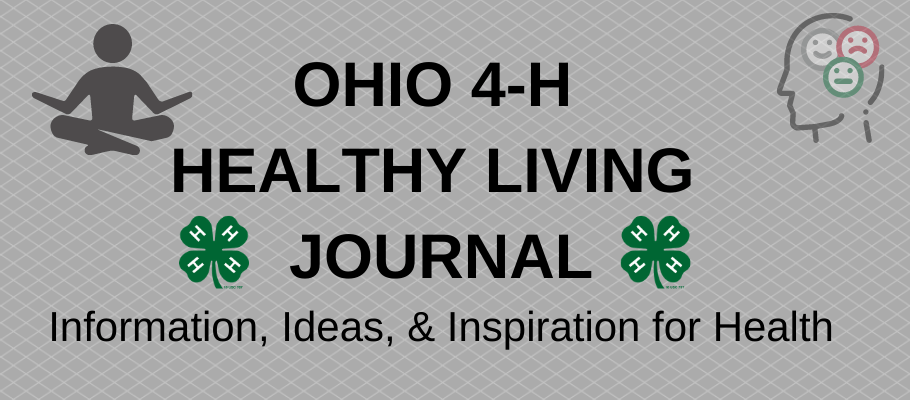Because we don’t talk as much about mental health as physical health, it’s possible that you’ve heard some myths. Getting the facts is important. Let’s explore some common myths vs. facts about mental health.
1. Having positive mental health means that you will not feel stressed or unhappy.
FALSE – A person with positive mental health can still feel stressed, anxious, or unhappy.
Everyone faces challenges in life that can impact their mental health. Your mental health can change over time. Having good mental health doesn’t mean that people never go through bad times. When these feelings begin to have negative effects on a person’s daily activities and relationships, it is a sign that the person has negative mental health.
Everyone goes through tough times, and no matter how long you’ve had something on your mind, it’s important that you talk to someone about it. Talk to your parents or a trusted adult if you experience any of these things:
- Can’t eat or sleep
- Can’t perform daily tasks like going to school
- Don’t want to hang out with your friends or family
- Don’t want to do things you usually enjoy
- Fight a lot with family and friends
- Feel like you can’t control your emotions and it’s affecting your relationships with your family and friends
- Have low or no energy
- Feel hopeless
- Feel numb or like nothing matters
- Can’t stop thinking about certain things or memories
- Feel confused, forgetful, edgy, angry, upset, worried, or scared
- Want to harm yourself or others
- Have random aches and pains
- Smoke, drink, or use drugs
- Hear voicea
2. Over 50% of mental health disorders appear by age 14.
TRUE – The start of approximately 50% of all adult mental illness occurs by age 14 and 75% by age 24.
Mental health problems don’t only affect adults. Children, teens, and young adults can have mental health problems, too. Adolescents and young adults are at high risk for developing a mental disorder.
Why is this so? It’s more than one factor, and there is a lot that we still don’t understand. One reason is that adolescence is a time of many developmental changes in the brain that affect thinking and emotions as well as rapid physical growth. These changes do not always occur in sync with each other. This gap between brain development and other aspects of development creates a window where mental, emotional, and behavioral disorders, such as depression, can emerge. In addition, teens are still learning skills for self-control and regulating emotions.
3. One in every 5 American adolescents is living with a mental illness.
TRUE – 20% of American youth have been diagnosed with a mental illness. This statistic does not include youth who are experiencing mental illness but have not sought professional help and remain undiagnosed.
Unfortunately, less than 20% of children and adolescents with diagnosable mental health problems receive the treatment they need. Early mental health support can help a someone before problems interfere with other developmental needs.
There are several reasons why people don’t seek treatment. People may not know who to talk to or where to go to get help. Many people are reluctant to ask for help because of the stigma connected to mental health and mental illness. Although attitudes about mental health and whether it is okay to discuss mental health are changing, stigma still exists. You can help stop the stigma by talking about mental health. Remember to treat people with mental health problems with respect.
Some mental health situations may call for professional help. If you or someone you know needs to be connected to professional resources read Ohio State University’s Center for Public Health Practice Mental Health Resource Guides. Go to u.osu.edu/cphp/ohio-mental-health-resource-guides/, find the county you need and select it to bring up local resources.
Today’s Take-Away: Get the facts about mental health. In this post I shared just a few of the myths and facts. You can check out MentalHealth.gov and download our Ohio 4-H Mental Health Myth vs Facts resource to learn more.
Check out our Mental Health Month resources. And come back for more information and ideas!
Yours in Health,
Theresa Ferrari, Extension Specialist, 4-H Youth Development
“Mental Health Facts” resource developed by Amanda Raines, 4-H Educator, Hardin County
Adapted from MentalHealth.gov


